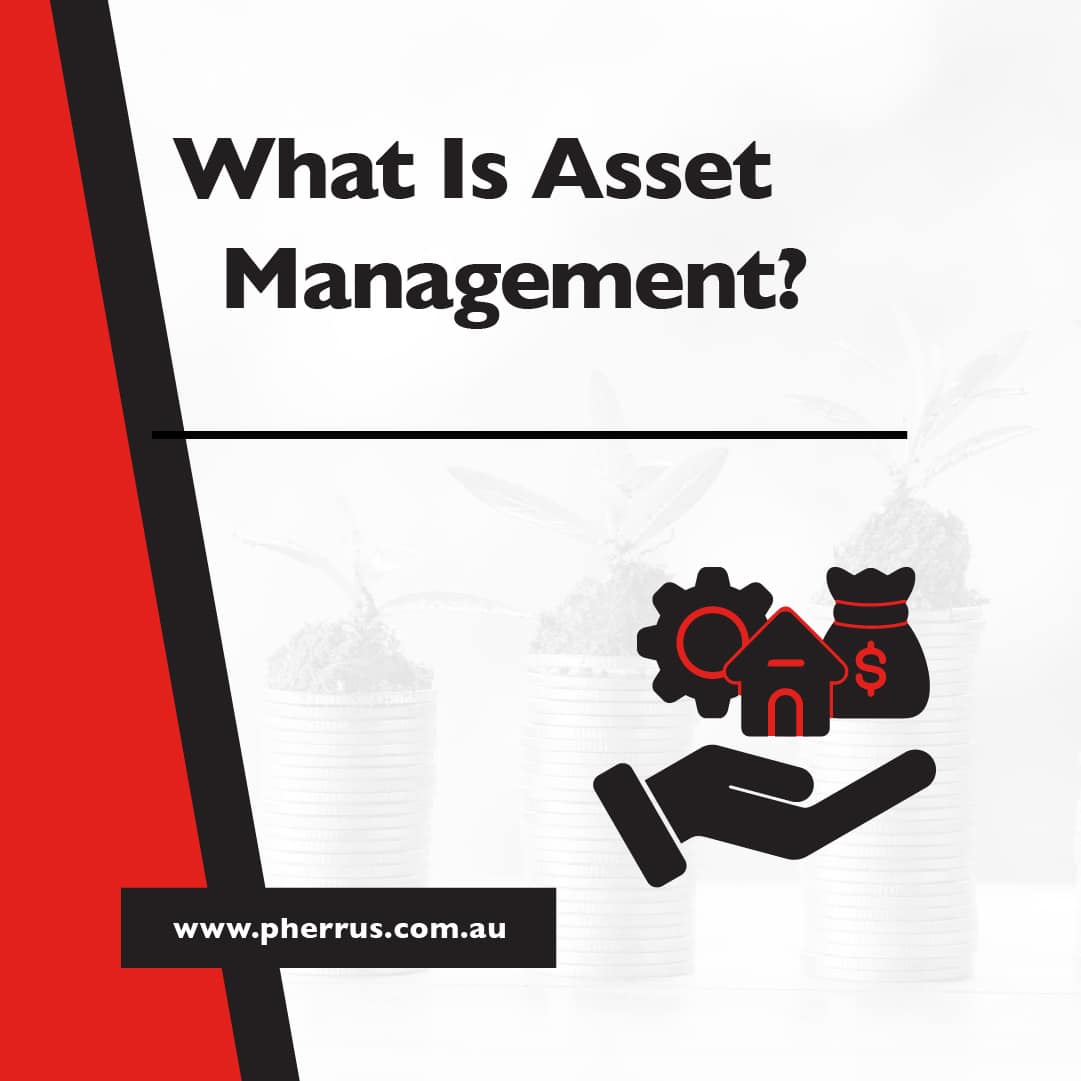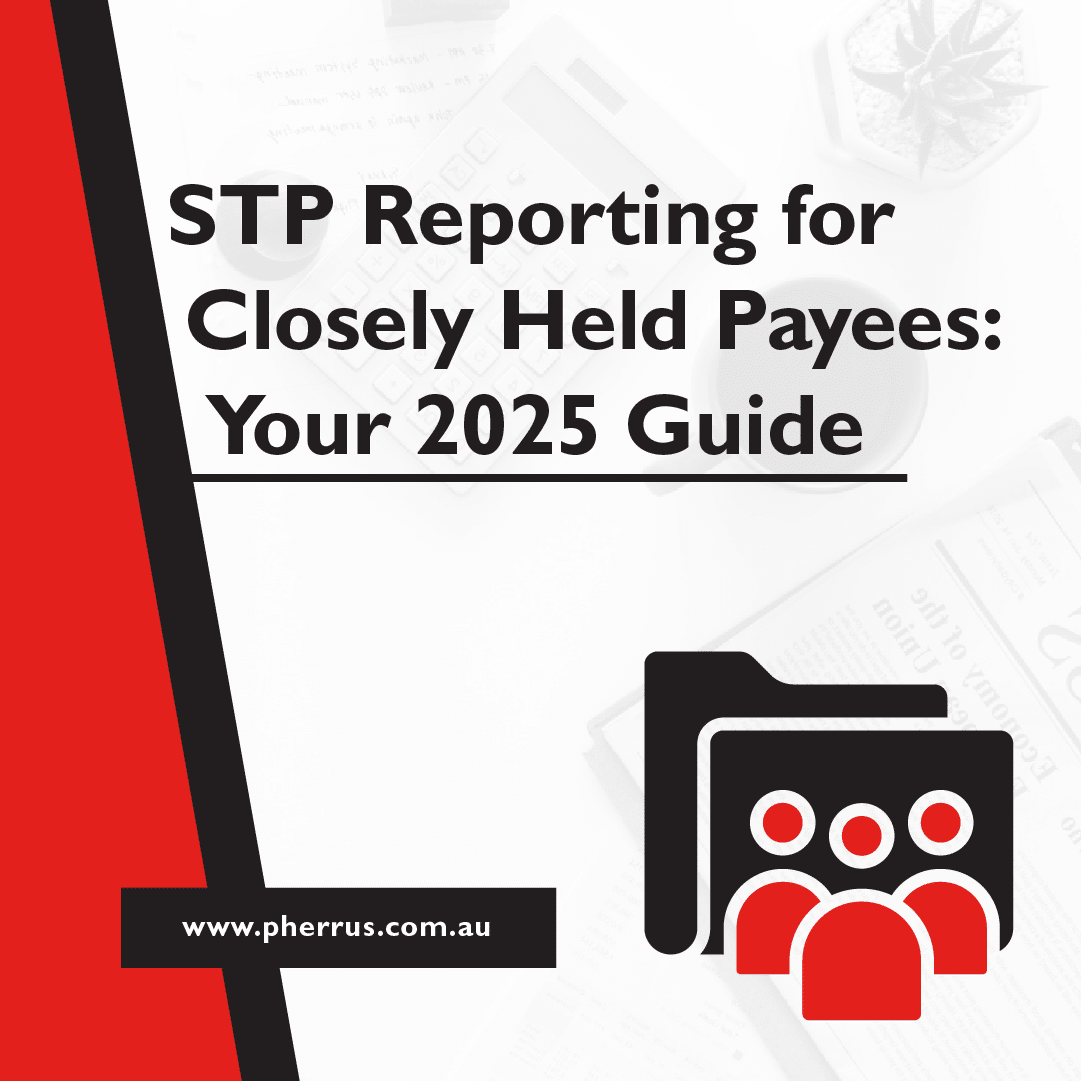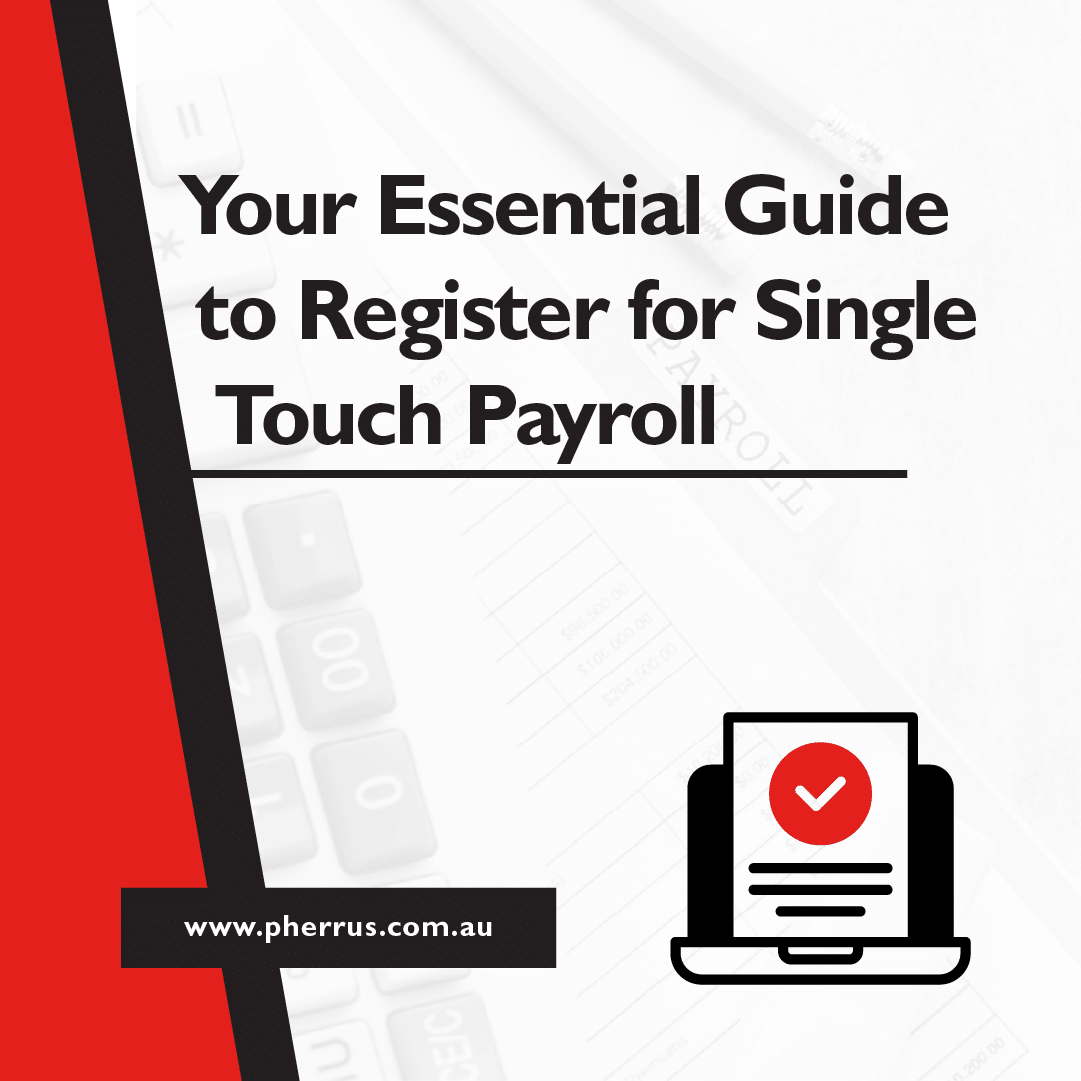New to the asset management game?
Think of it like taking care of a garden.
Just as a gardener decides what plants to grow where, asset management is about choosing and looking after different types of investments.
The main goal of asset management is making sure these investments grow and become more valuable over time, just like caring for plants in a garden so they flourish.
Let’s explore the strategies, benefits, and best practices of asset management to help you understand how to get it right.
Key Takeaway BoxWhat is asset management? Asset management involves overseeing and handling financial, physical, and digital assets to maximise their value and generate returns. |
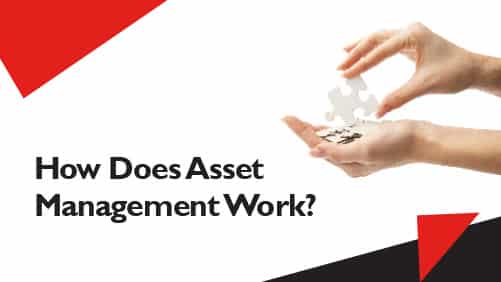
How Does Asset Management Work?
Asset management involves analysing, selecting, allocating, and monitoring various types of investments.
For the best asset management, it’s wise to engage the services of an experienced asset manager.
They can use their expertise to craft and oversee your investment portfolios in a way that aligns with your financial goals, whilst being versed in the regulatory framework that governs their operations.
In Australia, the Australian Securities and Investments Commission (ASIC) sets forth rigorous regulations to oversee asset management activities.
These rules prioritise transparency, fairness, and the protection of investor interests, forming the cornerstone of a robust financial system.
If you’re working with a firm that isn’t licensed by ASIC to directly handle asset or investment management, don’t worry.
Such firms often have a crucial role in guiding you toward the right experts.
They can refer you to qualified and licensed asset managers who are not just familiar with but are also meticulously following ASIC’s regulations.
This ensures that your investments are managed transparently and fairly, upholding the integrity of the Australian financial system.
This partnership between firms and licensed asset managers ensures that while the former may not manage your assets directly, they still provide a pathway to the trusted management of your investments.

What Are the Benefits of Asset Management?
With asset management, your investments aren’t stuck in one place.
Your portfolio can include a mix of stocks, real estate, and physical and digital assets to spread your risk and increase the potential for returns.
Another benefit of asset management is that your financial goals are front and centre.
Whether saving for retirement, a big purchase, or just looking to grow your wealth, you can tailor your portfolio to align with these objectives.
If you decide to manage your assets yourself, you’ll need a good understanding of financial markets, investment strategies, and the risks involved.
You’ll also need to dedicate significant time and effort to regularly monitoring and adjusting your investments as needed.
On the other hand, how can you benefit from engaging the services of a financial professional to manage your assets?
- Expert guidance: Asset managers use their expertise and insights to navigate complex markets and investment options. Such help is especially beneficial if you’re new to investing or don’t have the time to manage your portfolio.
- Risk management: Asset managers are skilled in diversifying investments to mitigate risk, and they stay up-to-date with market changes to adjust strategies accordingly.
- Regulatory compliance: These professionals know Australian financial regulations inside and out, so they’ll ensure your investments comply with legal standards.
- Performance monitoring: Asset managers continuously track the performance of your investments to help you make adjustments that will optimise returns.
- Reduced stress: Having a pro handle all of the above will save you a lot of stress!
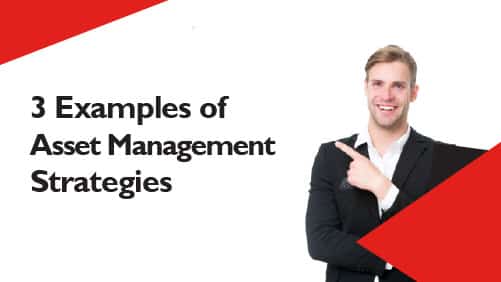
3 Examples of Asset Management Strategies
Financial Asset Management
Financial asset management centres on managing investments like stocks, bonds, and real estate.
This strategy aims to increase the value of these investments while keeping risks low.
How?
By keeping a keen eye on market trends and economic conditions and making informed decisions on when to buy, hold, or sell assets.
This strategy is not just for individual investors; fund managers and big institutions like pension funds also use it to expand their financial portfolios.
Fixed Asset Management
Fixed asset management is all about tracking and caring for physical assets, such as
- Construction equipment
- Manufacturing machinery
- Agricultural machinery
- Office tech equipment
- Hospitality appliances
The key to this strategy is maintaining these assets through regular upkeep, repairs, and updates to preserve their value.
Another crucial aspect is accounting for these assets’ depreciation, taxes, and maintenance costs so financial records reflect their true value over time.
This accuracy will help you make informed business decisions, maintain a healthy financial status, and comply with tax regulations.
Digital Asset Management (DAM)
DAM involves organising, storing, and retrieving digital files such as photos, videos, audio, and documents to maximise their value and usability. This strategy also includes managing digital rights and permissions, like intellectual property rights and usage rights for construction blueprints, to ensure legal compliance and protect against costly infringements.
Such management acts like a digital library, enhancing the accessibility and sharing of digital content.
For businesses that heavily rely on digital media, this means quicker project turnaround times, improved brand consistency, and reduced costs, thanks to efficient asset reuse.
By maintaining the integrity and optimal use of digital assets, DAM streamlines business operations and opens up avenues for revenue generation.
Asset Management Best Practises
Following asset management best practices means optimal asset performance, risk mitigation, and compliance with legal and regulatory standards.
You can achieve all this by sticking to the REAP approach:
- Review: Regularly review the status and performance of the assets in your investment portfolio to understand what’s working and what’s not.
- Evaluate: Analyse market and economic conditions to determine how they might influence the value and performance of your investments. Also, evaluate whether your investments comply with legal and taxation regulations.
- Allocate: Based on your review and evaluation, allocate your assets strategically. This could mean diversifying your investments across different asset classes or rebalancing your portfolio to align with your financial goals and risk tolerance.
- Perform: Closely monitor the performance of your investment strategy, making adjustments as necessary to stay on track with your goals.
Protection Strategies
Asset management protection strategies aim to safeguard investments from risks like market volatility, legal issues, and fraud.
Such protection helps preserve the value of your assets for long-term financial security.
What are some proven asset protection strategies?
- Diversification: Spreading your investments across various types, such as stocks, bonds, real estate, or geographical locations. Not putting all your eggs in one basket reduces the financial impact if one investment underperforms.
- Risk management: Identifying potential risks that could affect your investments, like economic shifts or industry-specific downturns. Then, taking steps to mitigate them by adjusting your investments or having contingency plans in place.
- Strategic asset allocation: Deciding what percentage of your portfolio to allocate to different types of investments based on your risk tolerance and the time you plan to invest.
- Long-term perspective: Maintaining focus to stay the course during market fluctuations for potential long-term gains.
- Ethical practices: Considering Environmental, Social, and Governance (ESG) factors so your investments yield financial returns while promoting sustainable and responsible business practices. If an investment violates ESG factors, it can lead to legal and regulatory consequences and financial loss.

FAQ
What Is an Asset Management Example?
One example is a real estate investment trust (REIT) that buys, manages, and sells commercial, residential, or industrial properties.
A REIT is responsible for generating rental income and capital gains for investors and adjusting the portfolio in response to market trends and property values.
What Are the 3 Main Asset Management Types?
- Financial: Managing financial investments like stocks, bonds, and mutual funds.
- Fixed: Overseeing physical assets such as buildings, machinery, and equipment.
- Digital: Organising and managing digital assets like images, videos, audio, and documents.
Why Are Assets Important?
Assets are important because they can generate wealth, provide long-term financial security, and support business operations.
Effectively managing assets helps individual investors and businesses achieve their financial goals.

Safeguard Your Investments with Pherrus’ Asset Protection Strategies
Wondering about the details of managing and protecting your assets?
At Pherrus, our adept team of business and tax advisors is ready to provide clarity and support.
Beyond answering your questions, we deliver customised and all-encompassing strategies for asset protection.
Though we don’t directly handle asset or investment management, we excel in steering you toward the right setup and ensuring you receive continuous guidance and recommendations.
Our services focus on guiding you in establishing effective asset protection structures and offering continual support and counsel.
By doing so, we aim to streamline your expenses and avoid complexities, enabling your financial resources to increase securely and reliably.
Find out how our financial services can help you today by filling out our online form or calling +61 (02) 9099 9109 to book an appointment at our Bella Vista office in Sydney, NSW.


